1. Matchstick Makers
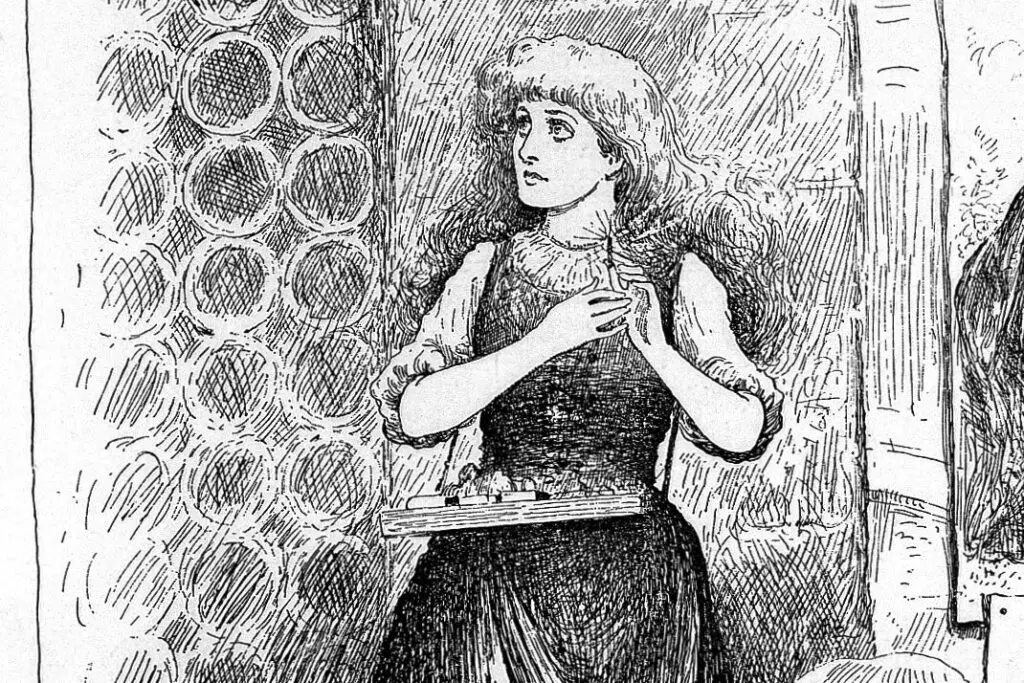
Back in the 19th century, being a matchstick maker wasn’t just tedious—it was downright hazardous. These workers, often young women and girls, were exposed to white phosphorus, a chemical that gave matches their easy strike but also caused “phossy jaw,” a gruesome condition that rotted the jawbone and led to horrific pain, disfigurement, and often death shares Britannica.
Factories weren’t exactly well-ventilated, and protective equipment was nonexistent. The smell of chemicals clung to workers’ clothes, skin, and hair, and many were too poor to quit even when the symptoms began. Despite the danger, the pay was meager and hours were long. Public outcry eventually led to change, but not before countless lives were affected. It’s hard to imagine lighting a candle being tied to so much suffering. Today, it’s one of those jobs that reminds us how far workplace safety has come adds the Conversation.
2. Lamplighters
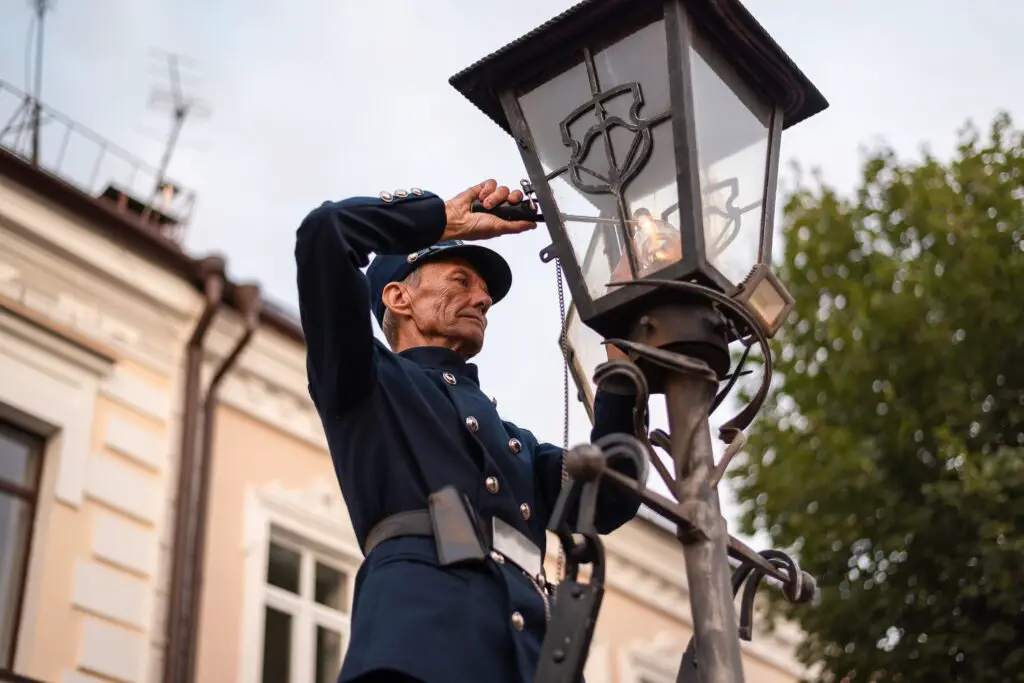
Before electricity lit up city streets, lamplighters would make their rounds at dusk, climbing tall lampposts to light gas lamps by hand. It sounds charming in theory, but in practice, it was a dangerous dance with open flames, gas leaks, and rickety ladders shares HowStuffWorks.
Slippery weather made every shift risky, and faulty equipment only added to the hazards. Some lamplighters were injured or killed by falls, while others suffered burns or exposure to toxic fumes. They worked early mornings and late nights, often in poor visibility, and always outdoors. Despite the danger, the job had a certain romanticism—people knew their local lamplighter by name. Still, most were relieved when the job became obsolete with electric lighting says School Library Journal.
3. Powder Monkeys
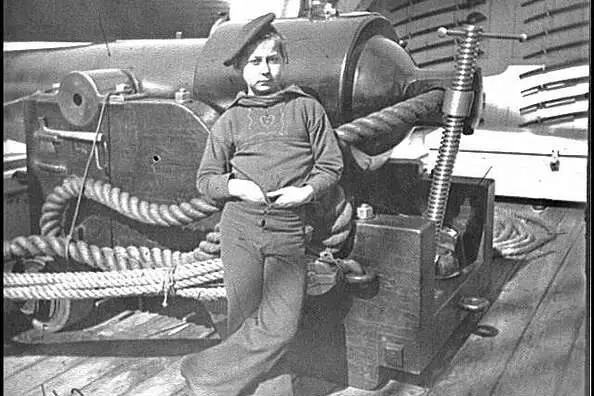
Young boys, sometimes as young as 10, were recruited aboard naval ships to carry gunpowder from the storage room to the cannons during battle. Known as powder monkeys, these kids were small enough to move quickly through tight quarters, but they were placed in life-threatening situations every single day.
With enemy fire overhead and the risk of an explosion always looming, one wrong move could be fatal. Their job required speed, precision, and nerves of steel, all while dodging chaos on a warship. The powder they carried was extremely volatile, and any spark or flame could set off a disaster. The role disappeared as naval warfare evolved and safety protocols improved. But it’s still shocking to think about the danger these children faced. It was bravery born from necessity, not choice.
4. Radium Girls

In the early 20th century, young women were hired to paint watch dials with glowing radium-based paint. They were encouraged to use their lips to keep their brushes pointed, unknowingly ingesting radioactive material every day. The job paid well, and the glow-in-the-dark paint seemed like magic—until the symptoms started.
Teeth fell out, jaws disintegrated, and cancer ravaged their bodies. When they sought answers, they were dismissed or blamed for their own suffering. It took years of legal battles for the truth to come out, and the women became symbols of labor rights and corporate accountability. The glow that once seemed glamorous turned out to be deadly. It’s a haunting chapter in occupational history that changed safety standards forever.
5. Gong Farmers
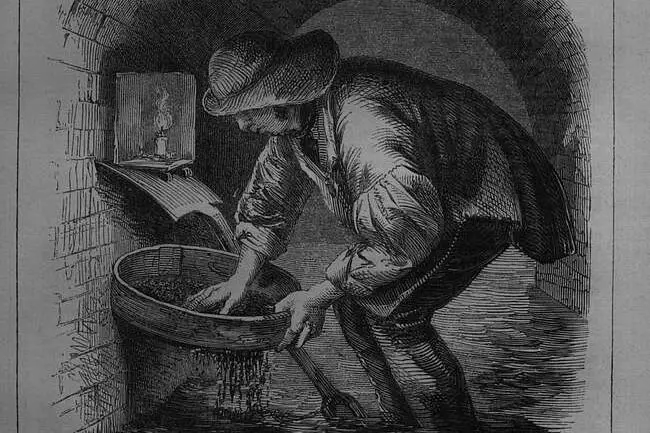
During the Tudor era, someone had to clean out the cesspits beneath buildings—and that someone was a gong farmer. These men worked at night, hauling buckets of human waste from under homes and castles, often waist-deep in sewage.
The stench was unbearable, and the risk of disease was sky-high. There were no gloves, masks, or modern sanitation tools. Just a shovel, a bucket, and a strong stomach. The job was well-paid because nobody else wanted to do it, but the toll it took on health and dignity was immense. Suffocation, infections, and collapsing pits were common. It’s hard to believe this was once a career path, but it’s a stark reminder of how far sanitation has come.
6. Chimney Sweeps
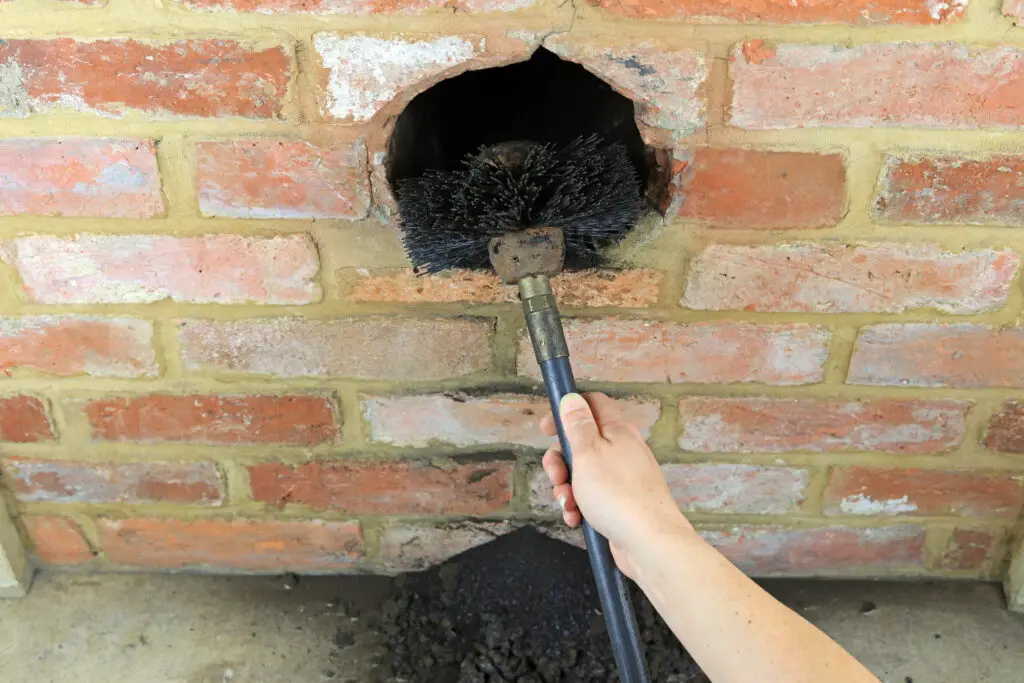
Victorian-era chimney sweeps often started young—some as young as five—sent up narrow flues to scrape soot from chimneys in homes and factories. These children would climb through cramped, pitch-black spaces filled with dust and ash, often getting stuck or injured.
The job was physically brutal, and the soot they inhaled led to severe respiratory problems and a specific form of cancer known as chimney sweep’s carcinoma. Burns from hot bricks and falling debris were common, too. Many children were orphaned or from poor families, forced into this labor to survive. Reform laws eventually banned child sweeps, but not before decades of damage were done. It’s one of the darker truths behind those picturesque Victorian rooftops.
7. Leech Collectors
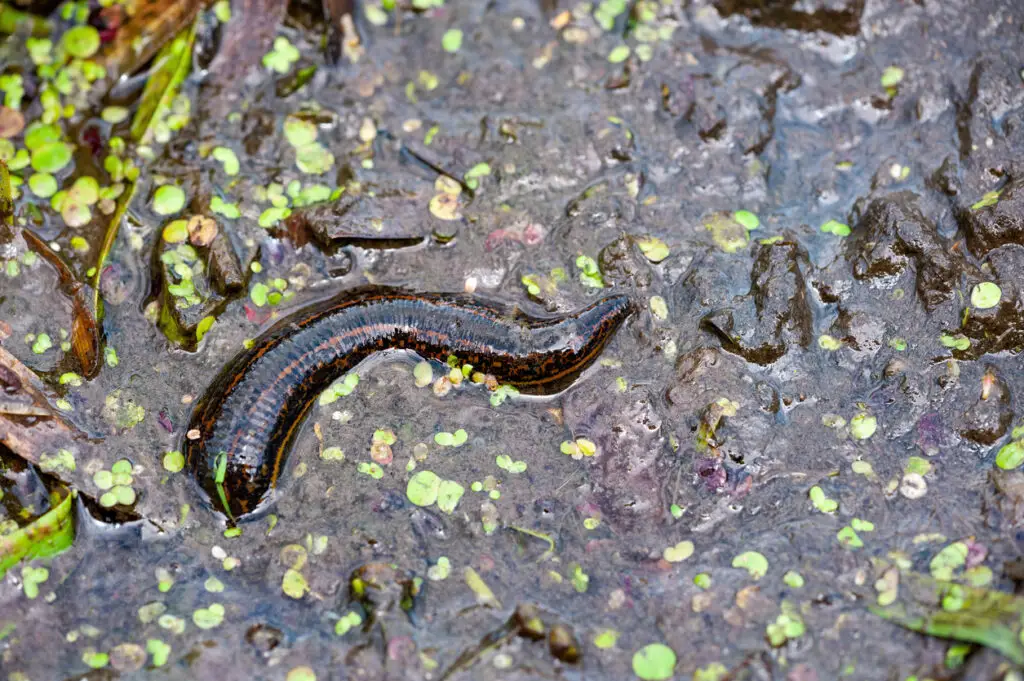
Leeches were once prized for medical bloodletting, and collecting them was its own messy profession. Workers—often women—would wade barefoot into marshes and streams, letting the leeches attach to their legs so they could harvest them.
That meant dozens of bites at a time, which didn’t just hurt but often got infected. Some workers developed anemia from losing so much blood, while others suffered long-term infections or fainted in the water. The job was repetitive, wet, and uncomfortable, done year-round in all kinds of weather. Even worse, the job paid very little for the amount of physical toll it took. Eventually, the medical world moved on from leeches as a cure-all, leaving this bizarre and bloody job behind. But its legacy lives on as one of the most unpleasant ways to earn a living.
8. Whalers
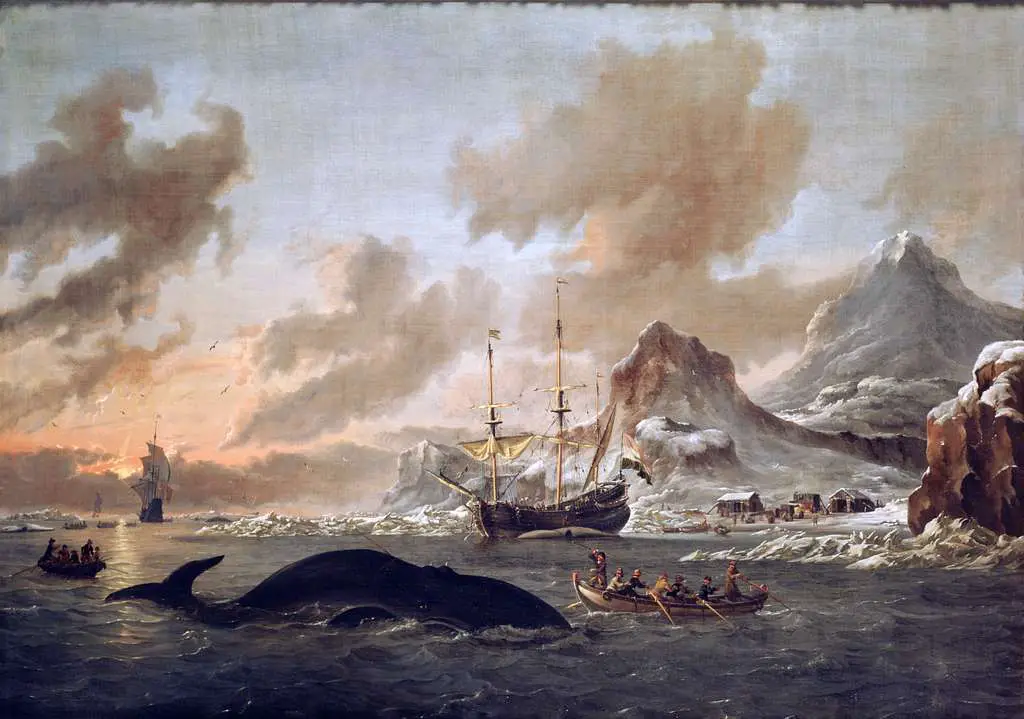
Before petroleum, whale oil was a major source of fuel, and whaling was big business—but also incredibly dangerous. Crews would sail into icy, unpredictable waters in search of these massive creatures, armed with harpoons and little else.
The hunt itself was perilous, with boats often capsizing or being crushed by thrashing whales. Injuries, drownings, and frostbite were common, and the long voyages led to malnutrition and disease. Life aboard ship was brutal, and returning home wasn’t guaranteed. The industry eventually declined due to overhunting and alternative fuel sources. But for decades, whaling was a high-risk, high-reward job that came with serious consequences. It’s a part of history many now view through a very different lens.
9. Ice Cutters
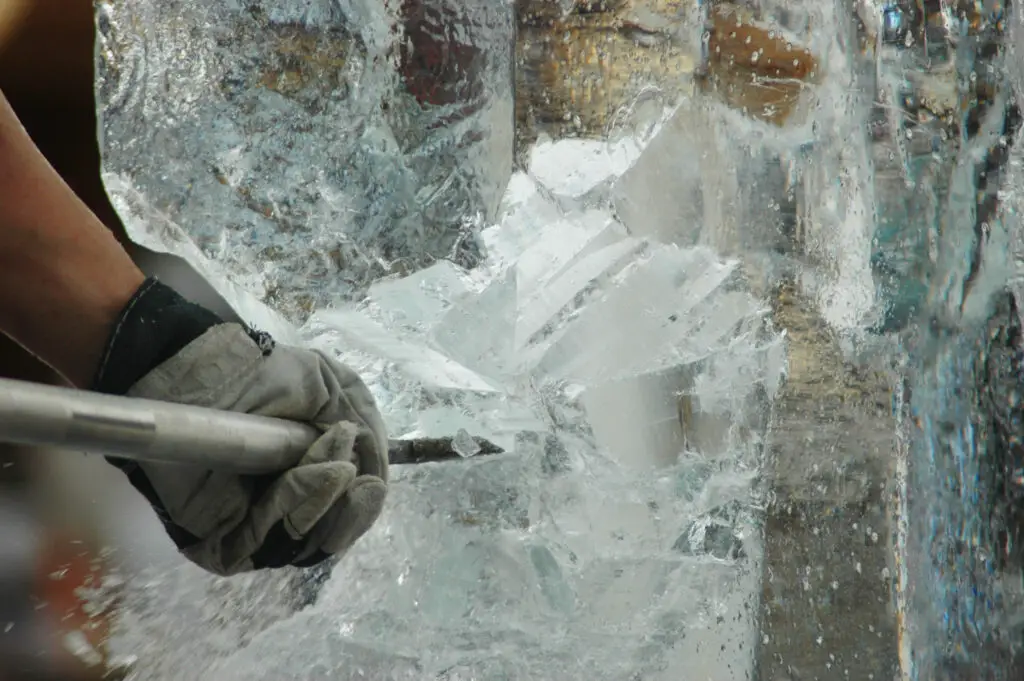
Before refrigeration, people needed ice harvested from frozen lakes in winter to keep food cold year-round. Ice cutters would venture onto thick ice with saws and axes, carving out massive blocks and hauling them by horse-drawn sleds or wagons.
The work was grueling and cold, but it was also incredibly dangerous. Falls through the ice, frostbite, and severe injuries from the tools were common. The ice was slippery, the water below was deadly, and safety gear was nonexistent. One misstep could mean drowning or losing a limb. These men kept entire cities cool before freezers existed, yet their sacrifices are often forgotten. Today, it seems unimaginable to risk your life for a block of ice.
10. Steelworkers on Skyscrapers

In the early 20th century, steelworkers helped shape America’s skylines by constructing towering buildings without modern safety equipment. They walked on narrow beams hundreds of feet above the ground, balancing with no harnesses or nets.
A gust of wind, a misstep, or a falling tool could lead to instant death. Photographs of workers eating lunch on steel girders may look iconic now, but they don’t show the lives lost on those sites. Injuries were part of the job, and fatalities were sadly frequent. Despite the danger, many took pride in the work, especially immigrants looking for steady wages. Over time, safety measures were added, but the early days were shockingly reckless. Their risk built the cities we know today.
11. Hat Makers
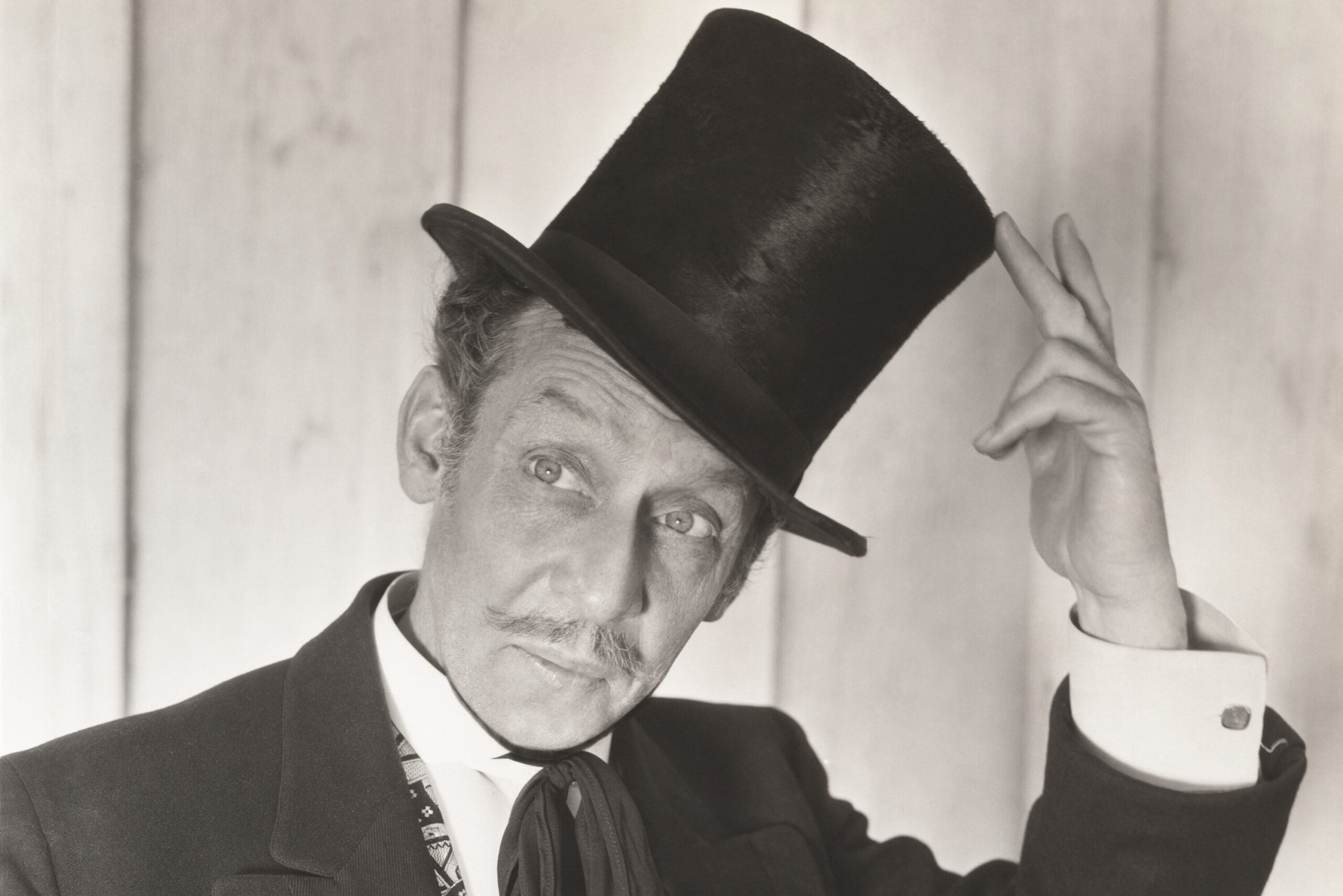
The term “mad as a hatter” isn’t just a quirky phrase—it has tragic roots. Hat makers in the 18th and 19th centuries used mercury nitrate to shape felt hats, which exposed them to toxic fumes day in and day out.
Mercury poisoning led to tremors, hallucinations, and severe psychological effects. Many workers didn’t realize what was happening until it was too late. They’d lose control of their muscles, suffer memory loss, and experience mood swings that ruined their lives. The condition was so common among hatters that it became part of the job’s identity. Laws eventually banned mercury in hat production, but not before it ruined countless lives. It’s a grim reminder that fashion sometimes came at a steep price.
12. Tunnel Diggers
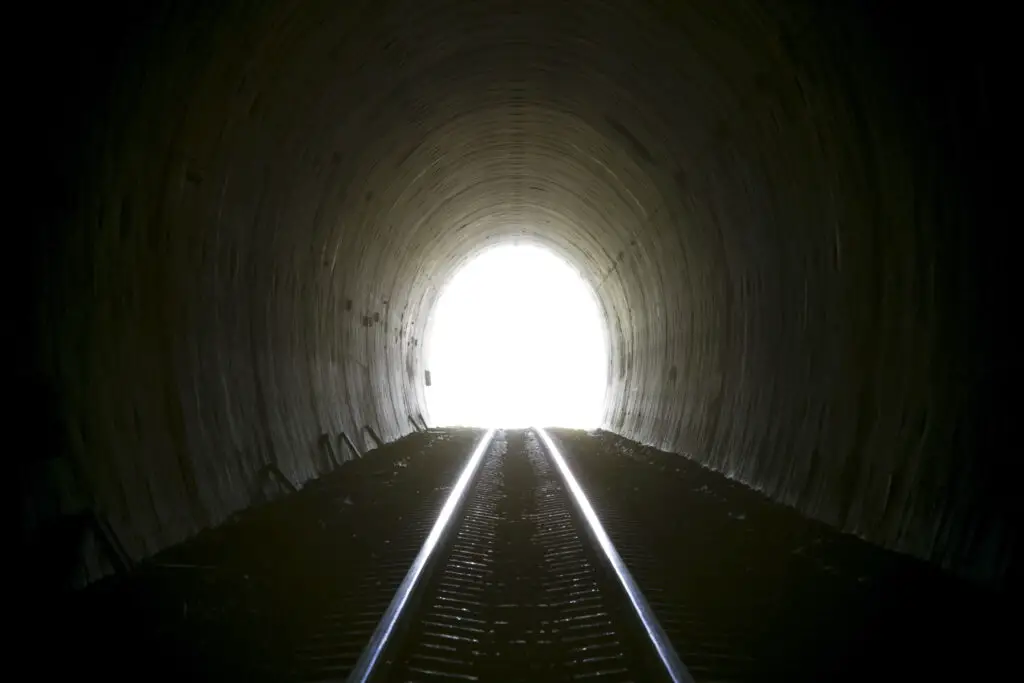
In the 1800s and early 1900s, tunnel diggers created pathways for railways, water systems, and subways—often deep underground with little ventilation or support. They used dynamite, picks, and shovels, facing daily threats from cave-ins, gas leaks, and flooding.
Silica dust from drilling caused deadly lung diseases like silicosis, and many diggers died young. The pay wasn’t great, and the work hours were brutal. Some projects, like the Hawks Nest Tunnel, resulted in mass fatalities due to poor conditions and rushed timelines. Despite the risks, people lined up for the work during hard times. These forgotten laborers helped shape modern infrastructure. But they paid a heavy price beneath the surface.
